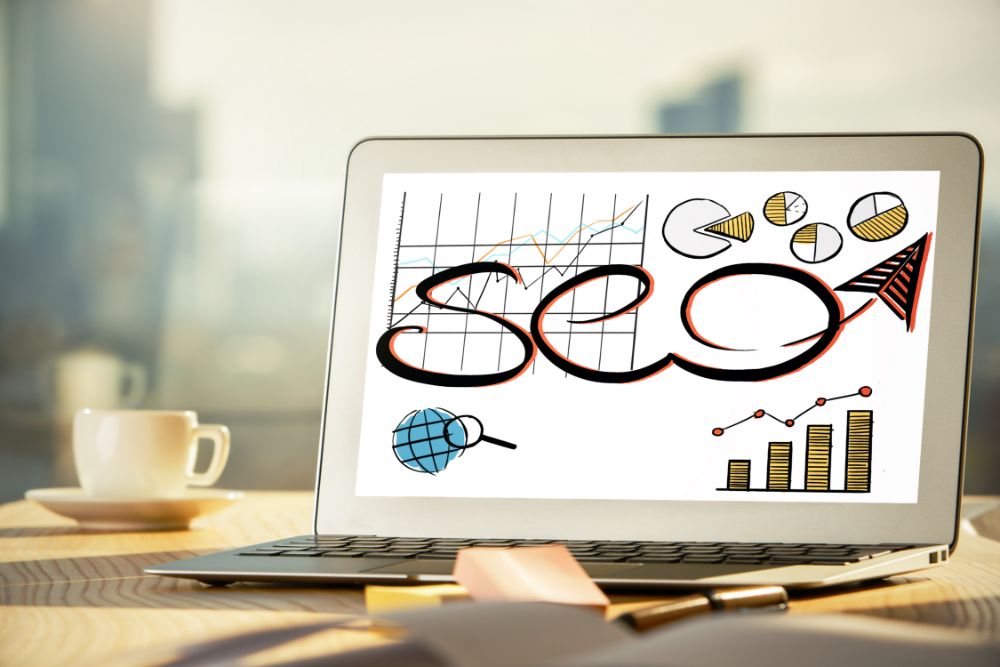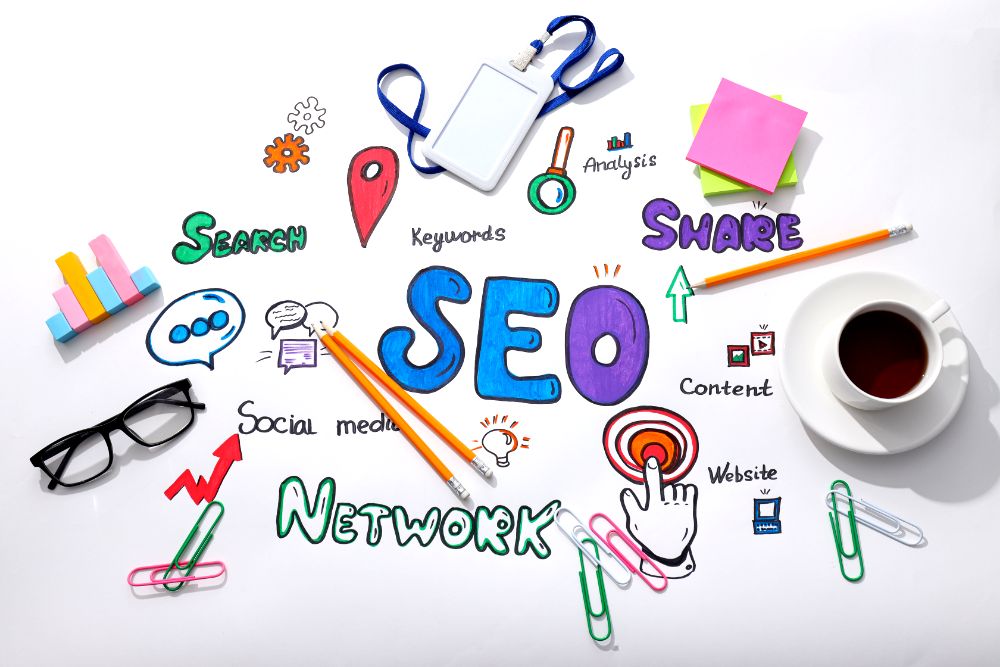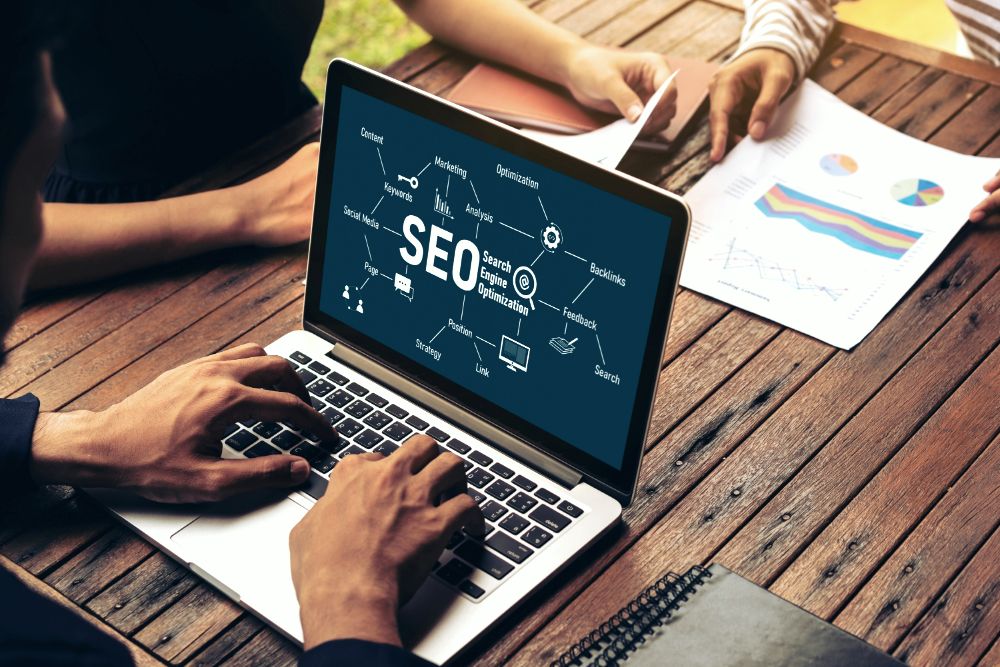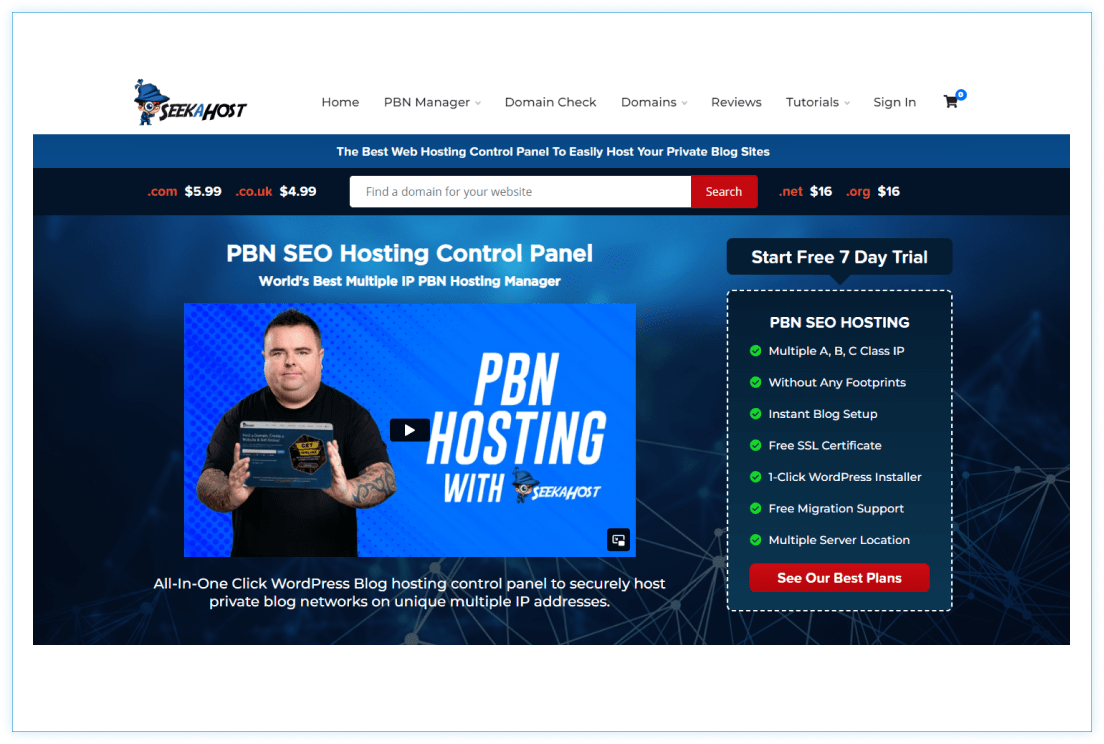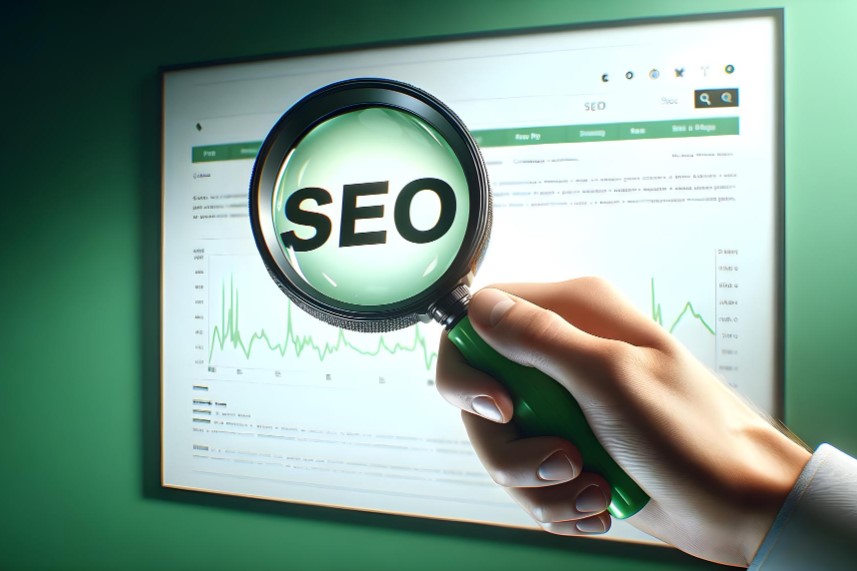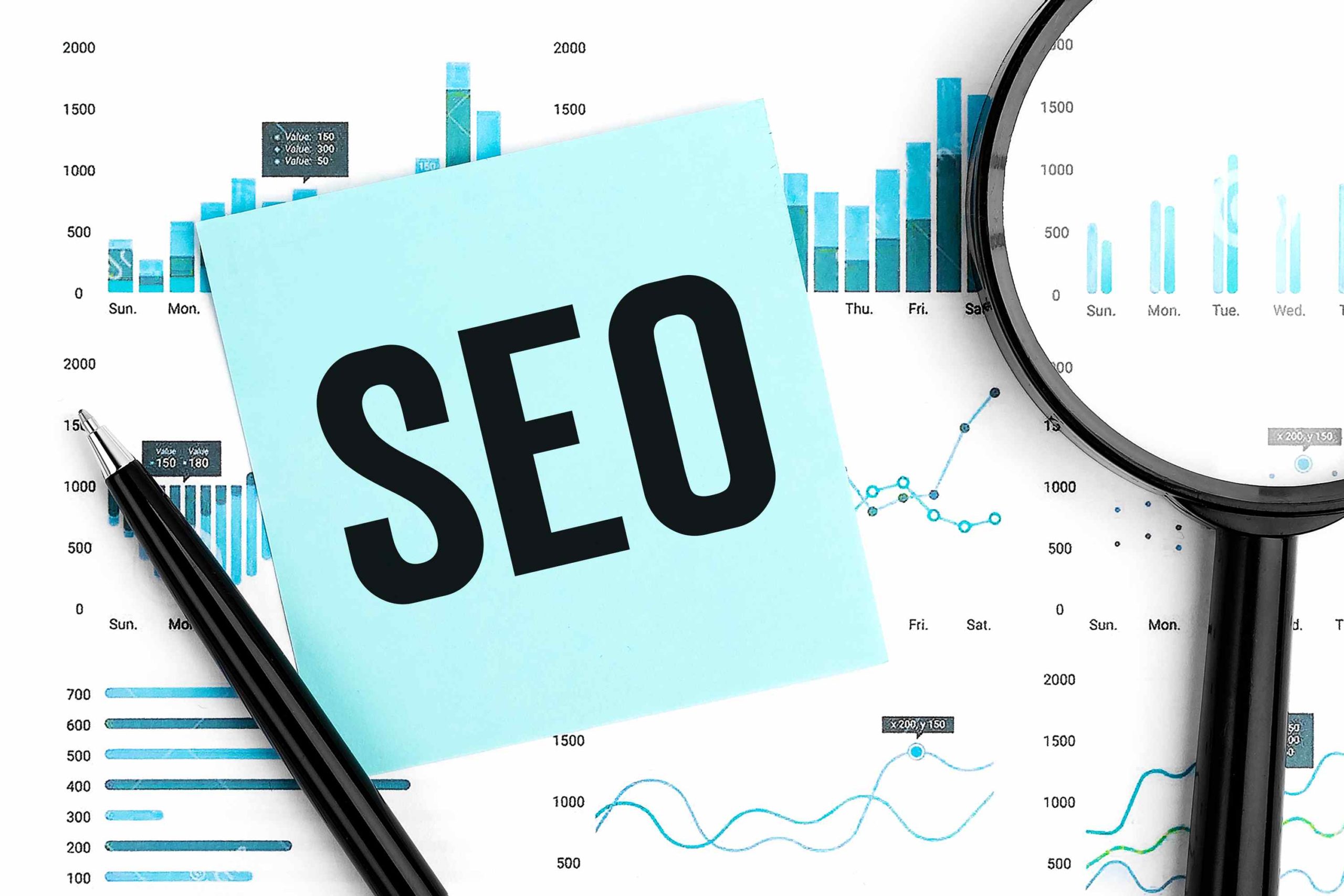
Navigating the digital marketing landscape can be challenging, especially when deciding between SEO and PPC – two powerful strategies that can significantly boost your online presence.
SEO focuses on building credibility and attracting long-term organic traffic, while PPC offers immediate visibility and precise audience targeting. Both approaches have unique strengths and challenges, but when used together, they can create a formidable marketing strategy.
In this article, we’ll explore the distinct differences between SEO and PPC, uncovering how to harness their combined power to maximize your reach, drive traffic, and achieve your business goals. Whether you’re aiming for sustainable growth or quick wins, understanding the synergy between these strategies is key to dominating the digital space.
Key Takeaways
- SEO is typically more cost-effective in the long run as it focuses on organic traffic without ongoing costs per click, whereas PPC involves direct costs for each ad click.
- SEO takes time to show results, often requiring months of consistent effort, while PPC delivers immediate visibility and traffic as soon as the campaign is launched.
- PPC offers high control over ad placement, budget, and targeting, allowing for quick adjustments, whereas SEO provides limited control over search engine rankings due to algorithm dependencies.
- SEO provides sustainable, long-term traffic once high rankings are achieved, while PPC traffic stops when the budget is exhausted, making it less sustainable on its own.
- Organic search results from SEO are often perceived as more credible and trustworthy by users compared to paid ads from PPC, which some users may skip over.
- By combining SEO and PPC, you can achieve both immediate traffic and long-term growth, creating a more resilient and effective marketing strategy.
What is SEO?
Search Engine Optimization (SEO) is a set of practices aimed at increasing a website’s visibility in search engine results pages (SERPs) to attract more organic (unpaid) traffic.
Search engines like Google use complex algorithms to evaluate and rank websites based on various factors, including relevance, authority, and user experience. SEO works by optimizing a website to meet these criteria, improving its chances of ranking higher in SERPs. This involves continuous efforts to adapt to algorithm changes and evolving user search behavior.
Key Components of SEO
SEO consists of several key components that work together to improve a website’s visibility and ranking on SERPs. These components can be broadly categorized into four main areas:
Technical SEO
- Crawlability and Indexability: Ensures that search engines can effectively crawl and index your site. This involves optimizing the site’s structure, using sitemaps, and managing the robots.txt file.
- Site Speed and Mobile-Friendliness: Optimizing loading times and ensuring the site is responsive on mobile devices are crucial for user experience and search rankings.
- Secure and Accessible Website: Implementing HTTPS and ensuring the site is easily accessible to search engines are fundamental aspects of technical SEO.
Learn more about Technical SEO in our article: What Is Technical SEO and Why It Matters.
On-Page SEO
- SEOContent Quality: Creating high-quality, relevant, and engaging content that meets user intent is central to on-page SEO.
- Keyword Optimization: Using relevant keywords strategically in titles, headers, meta descriptions, and throughout the content to improve search visibility.
- Meta Tags and URL Structure: Optimizing page titles, meta descriptions, and using SEO-friendly URLs to enhance search engine understanding and user engagement.
Learn more about On-Page SEO in our article: What is On-Page SEO: The Beginner’s Guide.
Off-Page SEO
- SEOBacklink Building: Acquiring high-quality backlinks from reputable websites to improve the site’s authority and ranking.
- Social Media Engagement: Leveraging social media platforms to increase content visibility and drive traffic to the website.
- Online Reputation Management: Managing the website’s reputation across the internet to build trust and authority.
Learn more about Off-Page SEO in our article: What is Off-Page SEO: Everything You Need to Know.
SEO Content
- Content Creation: Developing original, informative, and valuable content that addresses the needs and queries of the target audience.
- Content Optimization: Regularly updating and optimizing content to keep it relevant and aligned with current SEO best practices.
- User Engagement: Ensuring content is engaging and encourages users to spend more time on the site, which can positively impact rankings.
Learn how to create a successful SEO content strategy here: https://quirk.biz/how-to-create-a-successful-seo-content-strategy-expert-tips-and-tricks/
Pros and Cons of SEO
Understanding the pros and cons of SEO can help you determine if it is the right strategy for your business.
Pros of SEO
- Increased Visibility and Traffic: SEO can significantly boost your website’s visibility on search engines, leading to increased organic traffic. Appearing on the first page of search results can attract more visitors who are actively searching for the products or services you offer.
- Credibility and Trust: High rankings in search results can enhance your brand’s credibility and trustworthiness. Users often perceive top-ranking sites as more authoritative and reliable.
- Cost-Effective: Compared to paid advertising, SEO is a cost-effective strategy for driving traffic. Once your site is optimized, it can continue to attract visitors without ongoing ad spend.
- Long-Term Results: SEO provides sustainable results. Unlike paid ads, which stop generating traffic once you stop paying, the benefits of SEO can last long after the initial investment.
- Better User Experience: Implementing SEO often involves improving site usability, speed, and mobile-friendliness, which enhances the overall user experience.
Cons of SEO
- Time-Consuming: SEO is a long-term strategy that requires time to see results. It can take several months to achieve significant improvements in rankings and traffic.
- No Guaranteed Results: There are no guarantees in SEO. Despite best efforts, changes in search engine algorithms or increased competition can affect rankings.
- High Competition: Competing for high-value keywords can be challenging, especially in competitive industries. It may require significant effort and resources to outrank established competitors.
- Constant Maintenance: SEO requires ongoing effort to maintain rankings. Regular updates and adjustments are needed to keep up with algorithm changes and competitors.
- Risk of Penalties: Poor SEO practices, such as keyword stuffing or acquiring low-quality backlinks, can lead to penalties from search engines, negatively impacting your site’s visibility.
What is PPC?
Pay-Per-Click (PPC) advertising is a digital marketing strategy where businesses pay a fee each time their ad is clicked. It allows companies to place their ads at the top of search engine results, targeting specific keywords that potential customers are searching for.
PPC is cost-effective because you only pay for actual clicks, and it provides immediate visibility and traffic to your website. With platforms like Google Ads, you can control your budget, target specific demographics, and adjust your campaigns based on performance metrics. While PPC can be competitive and requires ongoing management, it offers quick results and precise targeting, making it a powerful tool for driving targeted traffic and measuring return on investment.
Key Components of PPC
The key components of a successful PPC campaign are essential for maximizing the effectiveness and return on investment of your advertising efforts. Here are the main components:
- Keyword Research: Identifying and selecting the right keywords is crucial for targeting the appropriate audience. This involves understanding what potential customers are searching for and ensuring your ads appear for those queries.
- Ad Copy: Crafting compelling and relevant ad copy is vital for capturing user attention. This includes creating engaging headlines and persuasive descriptions that encourage users to click on the ad.
- Bidding Strategy: PPC operates on a bidding model where advertisers bid on keywords. A strategic bidding approach helps in managing costs while ensuring your ads appear in desirable positions on search engine results pages.
- Landing Page Optimization: Ensuring that the landing page is optimized for conversions is critical. The landing page should provide a seamless user experience, align with the ad’s message, and include clear calls-to-action to encourage conversions.
- Targeting: Precise audience targeting based on demographics, location, and online behavior helps in reaching the right audience and increasing the likelihood of conversions.
- Performance Monitoring and Analysis: Continuously monitoring and analyzing the performance of your PPC campaigns allows for data-driven decisions. Key metrics such as click-through rate (CTR), conversion rate, and return on ad spend (ROAS) should be tracked to optimize campaigns.
- Ad Extensions: Utilizing ad extensions can enhance the visibility and effectiveness of your ads by providing additional information such as contact details, site links, and promotions.
Pros and Cons of PPC
Here’s a summary of the key pros and cons of PPC:
Pros of PPC
- Immediate Results: PPC provides quick visibility and traffic as ads appear immediately once the campaign is live.
- Highly Targeted: Advertisers can precisely target audiences based on demographics, location, interests, and more, ensuring ads reach the right people.
- Measurable Results: PPC offers detailed analytics, allowing advertisers to track clicks, conversions, and ROI, facilitating data-driven decisions.
- Control Over Ad Spend: Advertisers have full control over their budget, with the ability to set limits and adjust spending as needed.
- Flexibility: Campaigns can be adjusted in real-time, allowing for changes in targeting, ad copy, and bidding strategies to improve results.
Cons of PPC
- Costly: PPC can be expensive, especially in competitive industries where bidding for popular keywords drives up costs.
- Requires Constant Monitoring: Effective PPC campaigns require ongoing management and optimization to maintain performance and control costs.
- Risk of Click Fraud: PPC is vulnerable to click fraud, where malicious actors click on ads to deplete budgets without providing real value.
- Learning Curve: Setting up and managing PPC campaigns effectively requires expertise and experience, which can be challenging for newcomers.
- Limited Longevity: The benefits of PPC are temporary, as ads only generate traffic while the campaign is active and funded.
SEO vs. PPC: Comparisson
When deciding between SEO and PPC for your digital marketing strategy, it’s essential to understand the strengths and limitations of each approach. SEO, or Search Engine Optimization, focuses on improving a website’s organic search rankings. It’s a cost-effective strategy in the long run, as it doesn’t incur costs per click and can drive sustainable traffic once high rankings are achieved. However, SEO is a long-term investment that requires time and ongoing optimization to maintain and improve rankings. It also relies on search engine algorithms, which can change and affect your site’s visibility.
On the other hand, Pay-Per-Click (PPC) advertising offers immediate visibility and traffic by placing ads at the top of search engine results. PPC allows for precise targeting based on keywords, demographics, and location, making it highly effective for reaching specific audiences quickly. However, PPC can be costly, especially in competitive markets, and its benefits are temporary, as traffic stops when the ad budget is exhausted. Additionally, some users may skip over ads, perceiving them as less credible than organic results.
How to Choose Between SEO and PPC
Choosing between SEO and PPC advertising depends on your business goals, budget, and timeline. Each strategy offers distinct advantages and challenges, and the decision should be based on what aligns best with your objectives.
Factors to Consider
- BudgetSEO: Generally more cost-effective in the long run, as it focuses on organic traffic without ongoing costs per click. However, it requires an initial investment in content creation and optimization.
- PPC: Involves direct costs per click, which can add up quickly, especially for competitive keywords. It requires a substantial budget for sustained visibility.
- Timeframe for ResultsSEO: A long-term strategy that takes time to show results, often several months. It builds sustainable traffic over time.
- PPC: Provides immediate visibility and traffic as soon as the campaign is launched, making it ideal for quick results.
- Control and FlexibilitySEO: Offers less control over immediate results due to reliance on search engine algorithms, but provides long-term benefits once rankings are achieved.
- PPC: Offers high control over ad placement, budget, and targeting, allowing for quick adjustments and precise audience targeting.
- Credibility and TrustSEO: Often perceived as more credible and trustworthy by users, as organic results are seen as more authoritative.
- PPC: Ads can be perceived as less credible, and some users may skip over them.
- SustainabilitySEO: Provides long-term traffic once high rankings are achieved, without ongoing costs.
- PPC: Traffic stops when the ad budget is exhausted, requiring continuous investment for sustained visibility.
Strategic Use
- SEO is ideal for businesses looking to build a strong, sustainable online presence with long-term growth. It’s suitable for targeting specific, low-competition keywords and enhancing brand credibility.
- PPC is effective for achieving immediate results, targeting specific audience segments, and driving quick visibility. It’s beneficial for short-term campaigns and high-competition keywords that are difficult to rank for organically.
In many cases, a combination of both SEO and PPC can provide the best results. Using SEO for long-term organic growth while employing PPC for immediate impact and targeted traffic can maximize your online marketing efforts and achieve a balanced strategy.
How to use SEO and PPC Together
Integrating SEO and PPC strategies can significantly enhance your digital marketing efforts by leveraging the strengths of both approaches. Here’s how you can effectively use SEO and PPC together:
Keyword Strategy
Start by conducting comprehensive keyword research to identify terms that are relevant to both SEO and PPC. Use PPC campaigns to test the performance of these keywords quickly. The data from PPC can help you understand which keywords convert well, and this insight can then be applied to your SEO strategy to enhance organic search results.
Increased Search Engine Presence
By optimizing your website for SEO and simultaneously running PPC ads for the same keywords, you can dominate the search engine results pages. This dual presence increases your chances of capturing more clicks, as your brand appears in both organic and paid listings, reinforcing your visibility and credibility.
Remarketing Opportunities
Combine SEO with PPC remarketing campaigns to re-engage visitors who have previously interacted with your site but did not convert. This strategy involves showing targeted ads to these users as they browse other sites, reminding them to return and complete their purchase or conversion.
Data-Driven Insights
Leverage PPC data to inform your SEO strategy. PPC provides quick feedback on which keywords and ad copy perform best, allowing you to optimize your SEO content based on these insights. This data-driven approach ensures that your SEO efforts are focused on high-converting keywords and topics.
Filling Content Gaps
Use PPC to identify content gaps in your SEO strategy. If certain queries bring traffic through PPC but lack corresponding organic content, create new SEO content to address these gaps. This ensures that your website covers all relevant topics that your audience is searching for.
Consistent Brand Messaging
Ensure consistency in your brand messaging across both SEO and PPC campaigns. Aligning the language, tone, and messaging helps in delivering a cohesive brand experience, which can increase user trust and engagement.
Conclusion
Understanding the distinct roles and benefits of SEO and PPC is essential for crafting a successful digital marketing strategy. SEO offers a pathway to building long-term credibility and organic traffic, making it a cornerstone for sustainable growth. Meanwhile, PPC provides the agility and precision needed for immediate visibility and targeted audience engagement.
By leveraging the strengths of both strategies, businesses can create a comprehensive approach that maximizes online reach and drives meaningful results. Whether you’re looking to establish a lasting presence or achieve quick wins, integrating SEO and PPC can provide the versatility and impact needed to thrive in the competitive digital landscape.
Embrace the synergy between these strategies to unlock new opportunities and propel your business forward.













